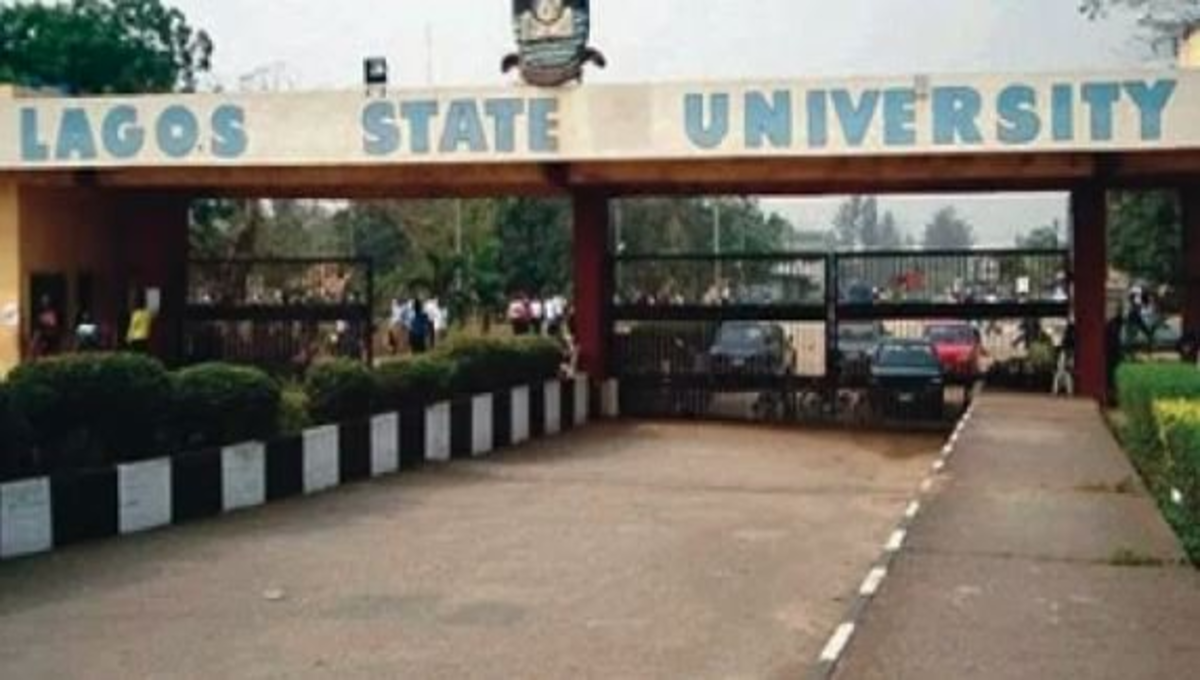Senegal has lessons for sub-Saharan countries on how to build literacy and numeracy in primary schools
Two decades of reforms have seen Africa progress in expanding access to education like no other part of the world ever before. But learning outcomes remain stubbornly low.
This week, a new study produced by the Global Education Monitoring Report, the Association for the Development of Education in Africa and the African Union finds that African primary school learners are seven times less likely to learn to read and write and five times less likely to do a simple maths calculation than children in the rest of the world.
It also finds that over the past 40 years, the ability of education systems to impart foundational literacy in primary education has remained constant in six out of 10 countries, while it has been declining in the other four.
Why is this still the case?
African countries have built schools and made primary education free. More children than ever are completing primary school: two in three do so on time and three in four ultimately do, as a result of late enrolment and repetition.
But no more than one in five children who reach the end of primary school acquire the numeracy and literacy skills which constitute the springboard for a lifetime of learning. While education systems need to develop in a balanced way to meet multiple demands, there is no doubt that all children must have these skills to fulfil their own potential and the potential of their nations. They are a precondition for inclusive and cohesive societies.
The issue cannot be pushed under the carpet. It is as fundamental a challenge in international education as the challenge of educating all children for sustainable development and climate change.
A common mistake is to think that changing that is easy. Learning levels have been low for so long because African countries are burdened with multiple intractable economic and political issues, most of them a legacy of their colonial history.
It is the world region where the vast majority of children are not taught in the language they speak at home; where poverty and malnutrition levels are the highest, compromising children’s capacity to learn; and where conflict turns the schooling experience into a nightmare for millions.
But as the new report, Born to Learn, argues, there are many great education initiatives, which show that the continent is on the cusp of breaking with the past and finding its own solutions.
Children need to be taught in the language they speak at home, otherwise, they do not feel part of the education project and become disconnected. There is irrefutable evidence that children learn better when they learn in a language they understand. Yet only one in five do.
There are considerable implementation challenges, but some countries are trying to change that. Although there are 72 languages, the Central African Republic has one language, Sango, that is spoken by the vast majority of people, a luxury many of its neighbours cannot afford. Yet, until recently it had not been introduced in education and it is, at last, trying to do just that.
The lack of teaching and learning materials is another stumbling block to good foundational learning. Research shows that owning a textbook can increase a child’s literacy scores by up to 20%. But not a single country for which data is available has reached universal access to textbooks. Only in 30% of countries did more than half of students have their own reading textbook. In countries like Burundi, Chad, Kenya, Malawi, Niger and Uganda, less than two in 10 learners possessed a reading textbook.
The learners who do not have textbooks tend to be the ones who are already facing adverse learning conditions, widening the gap between richer and poorer students. This problem needs to be solved once and for good. But it cannot be just any textbook. Countries such as Benin are changing their textbooks and explicitly redesigning them to help children learn.
For this to work, teachers need to be prepared to use these textbooks. Yet, teachers have all too often been left out of important education reforms. In Algeria, Mauritania, Morocco and Tunisia, governments introduced competency-based education but developments in the curriculum were not aligned with teacher education.
In Cameroon, teachers in the poorest regions relied on old curricula because they were never supported or trained to use the new system. Teacher guides need to be improved to be proper tools for teachers who have few opportunities for professional development.
Countries in sub-Saharan Africa could learn important lessons from the experience of Senegal, which took a systems perspective and worked in three national languages: Pulaar, Seereer, and Wolof. It improved the reading curriculum in grades one to three and adapted teaching and learning materials to the local context. More than three million textbooks were distributed to pupils at a ratio 1:1 with improved features that made reading skills easier to acquire.
Teachers were regularly trained and coached, and students were systematically assessed to produce feedback to influence the process. School management committees were trained to increase parental and community engagement with reading. An initial assessment revealed that student learning levels had improved in all languages and exceeded the target set for that year.
Reforming a system requires changes in pedagogical practices, the language of instruction, teaching and learning materials, teacher education and assessment to be aligned. Awareness of the challenge has risen. It is time to apply the solutions.
Manos Antoninis is the director of the Global Education Monitoring Report produced by the United Nations Educational, Scientific and Cultural Organisation.

